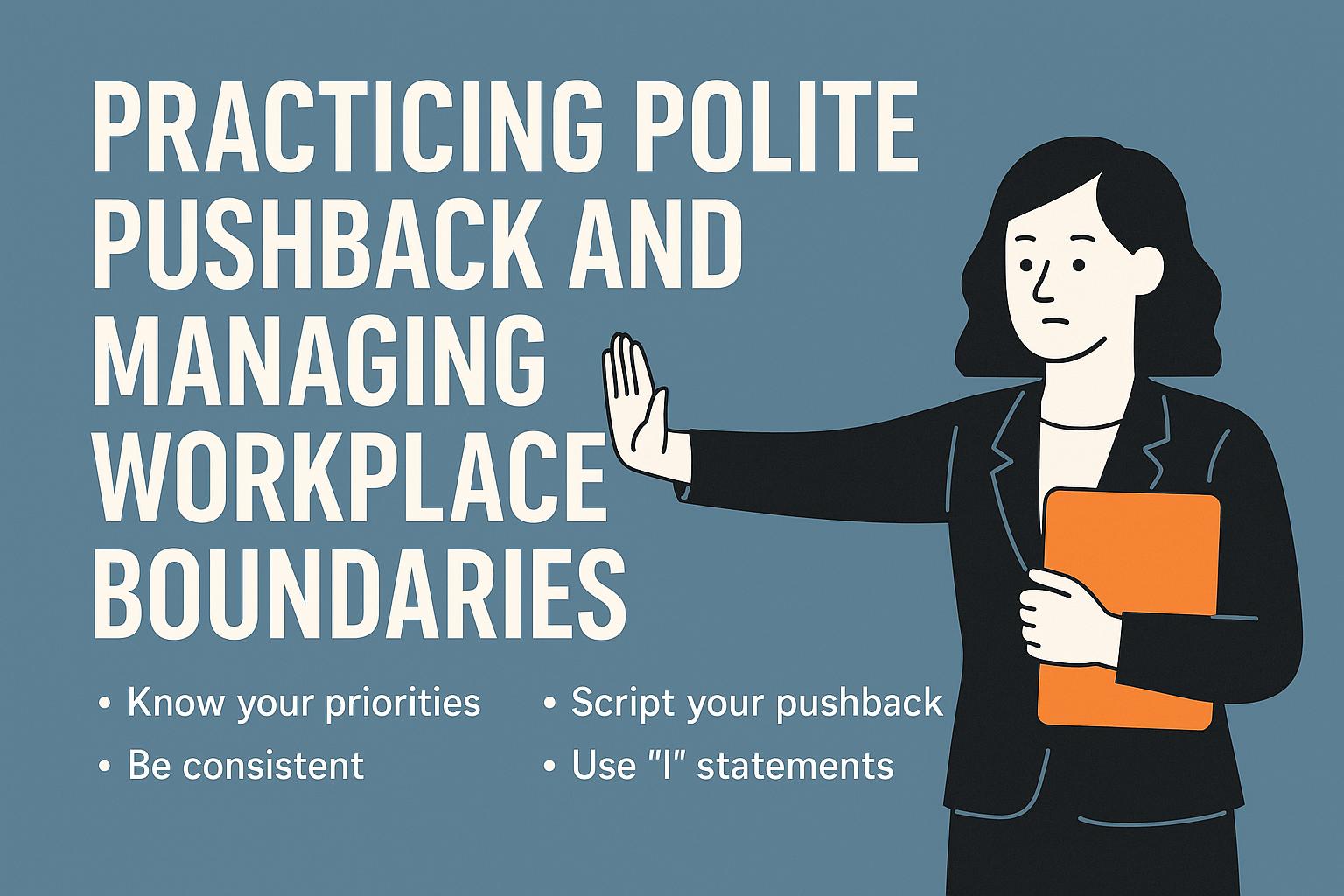Snafu: a confused or chaotic state; a mess. That is the best way to describe Snapfish.
So here’s the thing about a good customer experience (CX), it can’t occur if the customer service is poor.
You’ve likely had a few bad customer service experiences. Irritating is sometimes the only way to describe them. I’ve recently had one that could have been prevented.
But what you may not have considered is what lead to that bad customer service experience. Though it may not always be the same reason, there are usually some consistencies.
A bad customer experience, like the one I had recently with Snafu, er um I mean, Snapfish, is often the result of poorly documented, poorly communicated, and poorly executed processes. Processes are what your customers follow when interacting with your business’s products, services, and employees. Processes are also how your business gets work done, how you execute on your mission, how you deliver on your customer experience – and more importantly – how your business makes money.
My real-life bad customer service experience with Snafu, err, I mean Snapfish, reminded me why I deliver some of the customer experience offerings I do to clients – specifically around communication and process improvement.
Short version, I don’t recommend using Snapfish for photo storage or printing. I’ve had quality control issues with them several times already, and recently, the customer experience got worse. I now have zero faith in their technology infrastructure and data storage capabilities, yet alone their ability for properly maintaining and upgrading their technology.
They lost the majority of my photos and albums stored on their site for the past decade or so, and they can’t get them back! Bye-bye memories!
After a week or so of back and forth I was finally told by Zendesk, their outsourced digital customer service company…
“Due to unforeseen storage hardware failures in the past, some of your image files became corrupt and our team could not restore them. The images are permanently gone from our site and can not be recovered.”
WHAT?!?!
Yup. Somehow someone over at Snapfish decided that this was an acceptable process to follow to resolve customer concerns. Somehow someone over at Snapfish decided that this was an acceptable communication response to a customer issue. Somehow someone over at Snapfish also decided that never communicating with and notifying the customer of this problem until the customer noticed it as an issue and contacted them, was also acceptable.
The message went on to say…
“We have greatly improved our storage capabilities and have done extensive work to ensure that something like this does not happen again. We do apologize for the loss of some of your image files.
While we cannot replace what is lost, we have added a credit to your account for an 8×11 Layflat Hardcover Book for future use, please take this as a token of our apologies.”
Somehow someone over at Snapfish decided that telling an already frustrated customer their technology is flawed and their communication process poor, was acceptable. Somehow someone over at Snapfish also decided that to quiet the customer who lost over a decade of memories, offering a “gift” for a product they never ordered in the past and can’t order now was also acceptable.
WHAT?!?!
Epic fail for Snapfish.
So, how could Snapfish have partnered with their 3rd party vendor Zendesk to create a better customer experience?
Educate – Although the customer service reps were polite, it took several back and forth exchanges and a service level escalation to even get me the reply notifying me that there is nothing they can do to address my concerns or resolve their screw up. This was because they didn’t know how – they were not trained by Snapfish on what processes to follow to adequately address or resolve such customer service-related issues. They weren’t even aware of the technology failures that lead to the issue until I pushed for a reason why my data was lost. If issues occur that could impact a customer, then be transparent and communicate those issues and resolutions to your customer service reps; don’t try and hide issues and errors from the team that’s supposed to resolve issues and errors for customers. Make the process to resolve customer concerns transparent and easy to find and follow for all parties.
Communicate – The process may be different to satisfy one customer as opposed to another. As I’m fond of saying “Ask. Listen. Deliver.” Communicate with your customers. Communication with the customer is imperative to a great customer experience and increased brand loyalty. Don’t assume. Do your homework prior to engaging with a customer for resolution. Be prepared prior to interacting with a customer. Take the time to listen to their needs and concerns. Show some empathy. Be transparent from the get-go. Don’t wait for the customer to have to follow up with you. Understand their issue and their relationship with your business. Understand why they’re frustrated. Snapfish and Zendesk failed at all of the above in their attempt to resolve my issue.
Personalize – If you haven’t heard the adage applied to customers before, customers are like snowflakes, they’re all different. People prefer a personalized customer experience. This is especially true when a customer experiences an issue. Save the worthless generic apologies. Know me, my history with your company, my purchase habits, and my usage of your products and services. When the data corruption issue initially occurred my account should have been flagged, the proper team at Snapfish notified, and communication sent to me informing me of the issue and resolution. In addition, if there was no fix to return or repair my data and all that could be done is an attempt to appease me with freebies, then at least know my buying habits. Don’t offer me something I’ve never purchased before, have no need for, and doesn’t even come close to appeasing me for the inconvenience. With technology today, often going unnoticed, customer data is being collected and analyzed. Use the data you have available. If you don’t collect data on your customers you need to start. This doesn’t always need to be done through technology. In industries like hospitality, for example, you can train your people to collect customer data via personal interactions and then document the information in their customer profile to enhance their future experience. More and more customers expect an authentic and personalized experience – and not providing one when a customer is already frustrated only makes things worse.
Uneducated customer service reps, lack of transparent communication, non-personalized responses, and no resolution to my problem, won’t make me, or most people, a more loyal or happy customer.
In order to create a more loyal and happy customer, you must create a positive customer experience. Educate customer service staff on standard processes and on how to resolve issues that may fall outside of those standard processes. Start by being honest and authentic. Start with transparent communication. Start by listening. Start by responding in a way most appropriate for the customer.
And the cost of a poor customer experience isn’t cheap. Creating a positive customer experience is always a better way to go.
About Scott Span, MSOD, CSM: is CEO at Tolero Solutions. His focus is – people. He is a Leadership Coach & People Strategist, Communications and Change Management. He supports leaders, teams, and individuals to survive and thrive through personal and professional change and transition. He supports organizations to engage and retain talent and wow customers, achieving success through people, creating places where people enjoy working and customers enjoy doing business.
Email | Website | LinkedIn | Twitter | Blog | Facebook
*All Rights Reserved. Reproduction, publication, and all other use of any and all of this content is prohibited without authorized consent of Tolero Solutions and the author.





